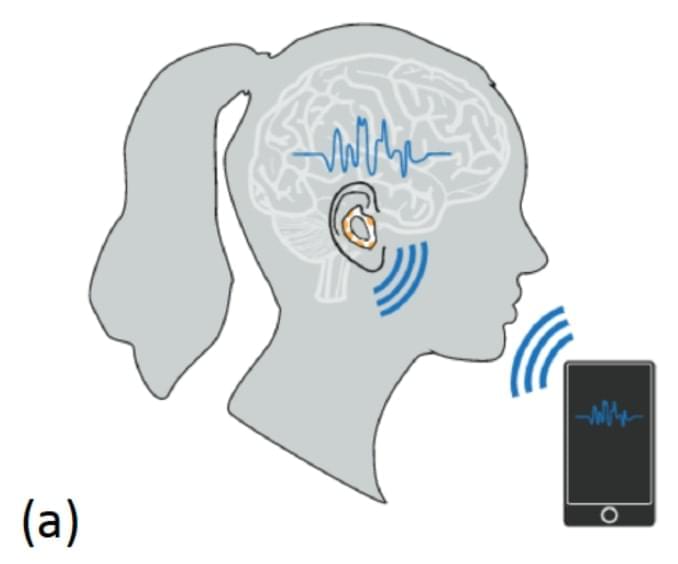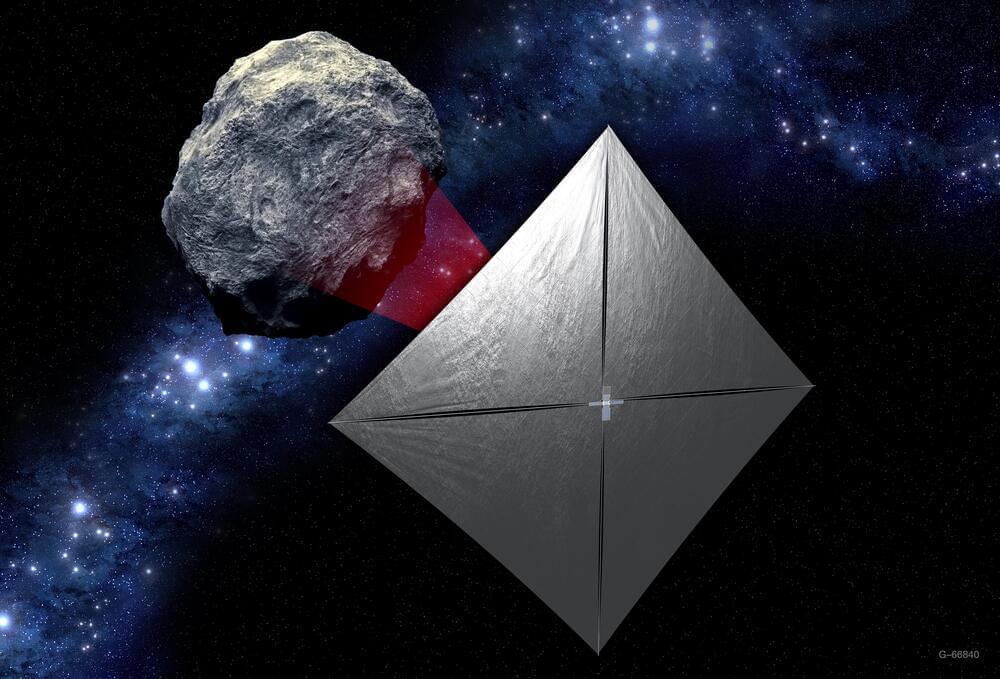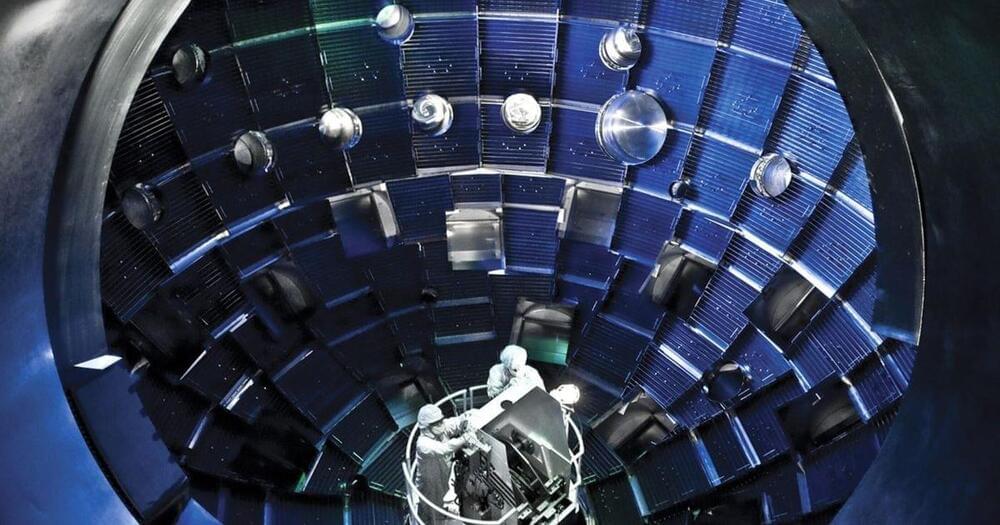Summary: Retrofitting wireless earbuds to detect neural signals and relaying the data back to smartphones via Bluetooth, researchers say the new earEEG system could have multiple applications, including health monitoring.
Source: UC Berkeley.
From keypads to touch screens to voice commands – step by step, the interface between users and their smartphones has become more personalized, more seamless. Now the ultimate personalized interface is approaching: issuing smartphone commands with your brain waves.





